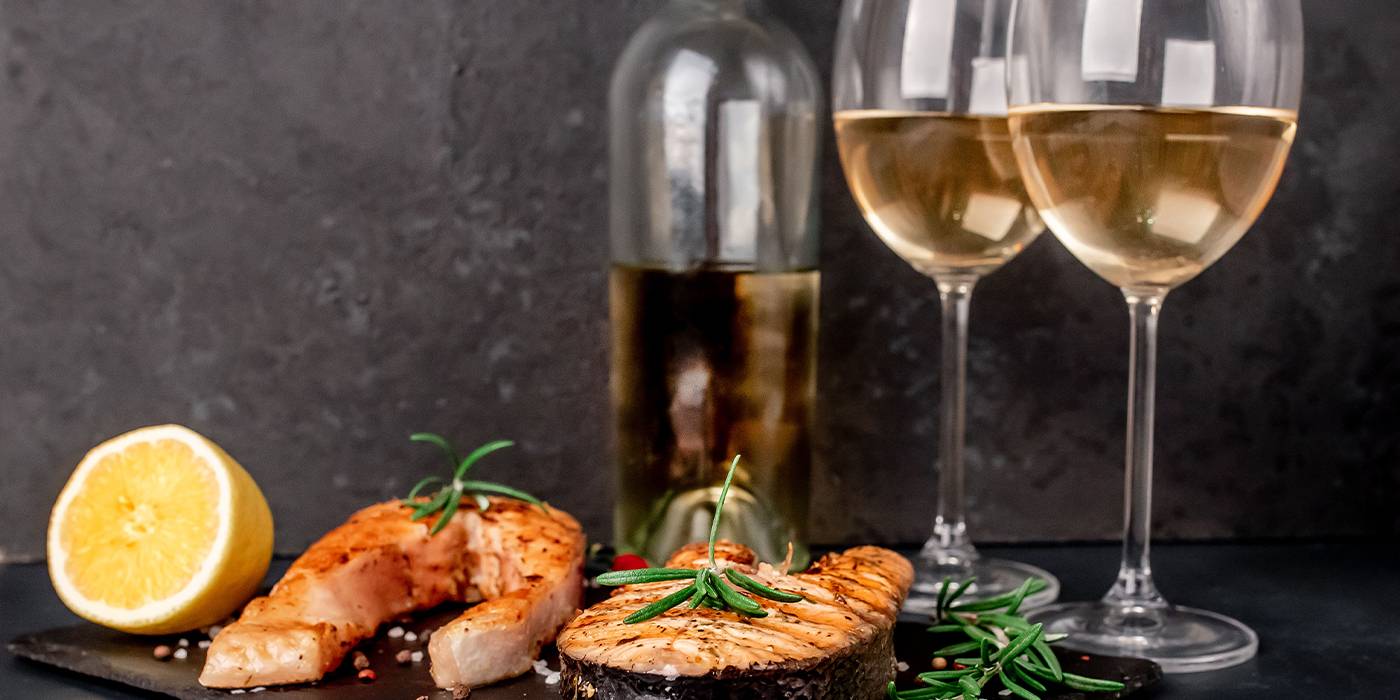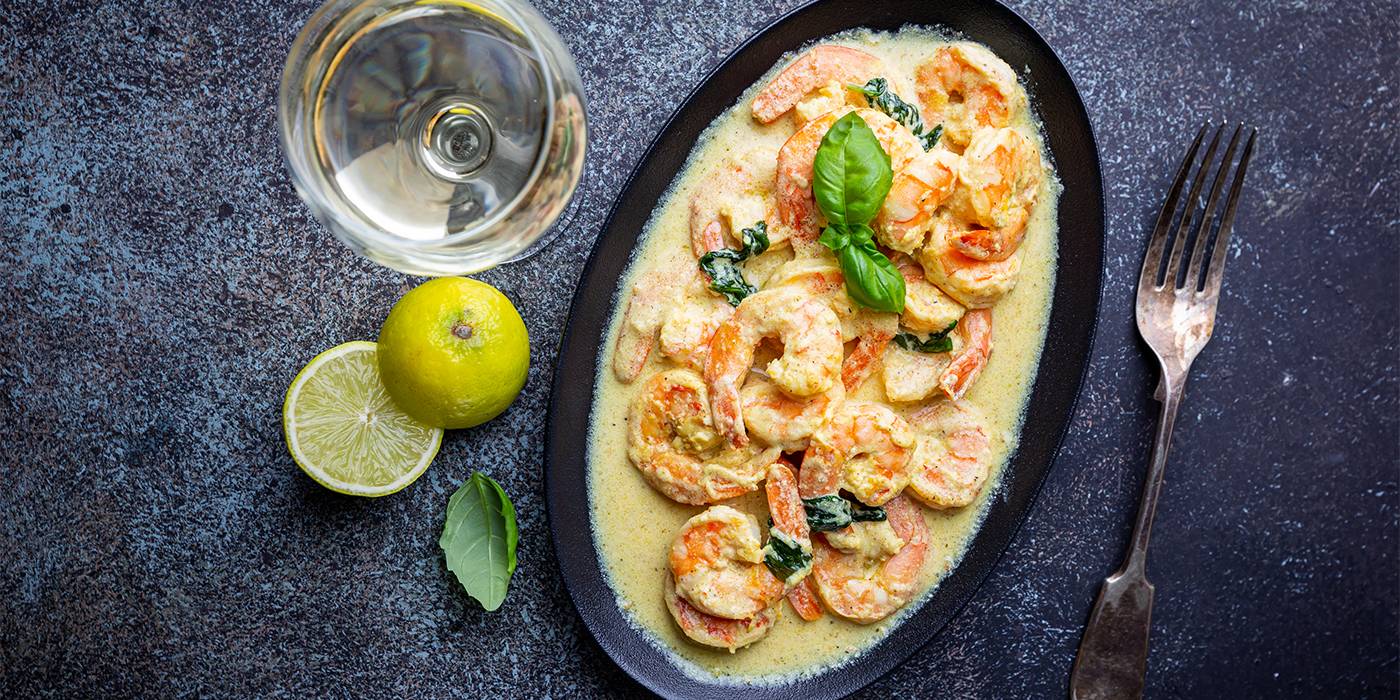Best wine to pair with fish
Discover which wine is best for pairing with fish and how to complement your dinner or meal in the best way. Surprise your guests!

Eva Pizarro
Sommelier at Fierro restaurant and trainer at Tandem Gastronómico.
In our previous article, we explored how meats can pair with a variety of wines beyond the usual reds. Today, we’re going to see if we have more options for fish than the range of white wines to which we usually resort.
Until a few years ago, pairings were typically based on the options mentioned above – white wines for fish and red wines for meat. Today, we know that this is far too much of a generalisation. As we have already mentioned in the recommendations of wines for meat, we have to take into account:
- The type of fish: white, blue, pink, oily, mild...
- The type of preparation: steamed, grilled, raw...
- The side dish: whether it dominates the fish or not.

White wines among the great variety of white wines that exist, we are going to try to find the best pairing:
- Young white wines from cold climates, with high acidity, fresh green or white fruit notes, herbaceous hints, and dryness are ideal for pairing with seafood, white fish, ceviches and seafood salads. The characteristics of these wines, such as high acidity and, in some cases, saline or iodine notes, enhance all the marine nuances of these dishes. Emblematic pairings such as oysters with Chablis or Champagne, cockles with Albariño etc. are always fantastic.
- White wines with more body and/or intensity such as those made with Riesling, Godello, Chardonnay grapes or those from warmer climates, have more texture and body, making them suitable for pairing with more complex dishes, such as oily fish like tuna or salmon, fish pies, and similar dishes.
- Barrel-aged white wines offer all the aromatic notes imparted by the wood, such as toasted butter, nuts and smokiness. These wines have a lot of nuance and depth, making them ideal for more complex dishes, warmer temperatures, sauces and even smoked fish. A classic example of this pairing is sole meunière with Burgundy Chardonnay – simply delicious.
- Of course, organically-aged white wines such as those from Jura, Jerez and other regions are following this trend. This ageing process results in wines with a strong concentration of flavour and highly saline notes, making them ideal for pairing with intensely flavoured dishes such as sea urchins, fish with vinegary sauces, or tartar-style sauces.
Red wines can be paired with fish provided that the wines are not too intense and overshadow the flavour of the seafood. Young red wines typically feature primary aromas such as fresh fruit and flowers, with possible citrus and balsamic notes. On the palate, they tend to be fresh, with pronounced acidity and a crisp texture. All this makes them perfect partners for oily fish such as tuna and mackerel, as well as fruit sauces or fresh sides such as salads.
They also go well with fish stews such as mamitako or allipebre.
Oily fish also benefit from the acidity and tannin of these wines.
Feel free to experiment with carbonic maceration wines from Rioja, Garnachas from cooler regions, Mencías from the North, or Beaujolais from France.

Rosé wines depending on their production and ageing, offer a wide range of options. Younger rosé wines will prominently feature fresh fruit and high acidity, making them similar to young white wines in terms of pairings.
Rosés with more ageing show more evolved, even dry fruit and floral notes, and the role of oak ageing adds more complex nuances, making them well-suited for dishes with greater complexity and depth.
Sparkling wines, as you know, deserve a separate chapter due to the wide variety available depending on their production methods, so we’ll cover that in another article!
What do you think about?
Share comments, opinions and tricks with the Community







